Rumors are swirling about a possible increase in gas prices in California following the passing of a controversial emissions program.
Fueling the Future

Image Credit: Shutterstock / AshTproductions
Since 2007, California has been following the Low Carbon Fuel Standard (LCFS) – a rule that encourages the use of cleaner fuels by making companies lower the carbon pollution from their products. 2007 saw the creation of this rule, and since then, gas prices have steadily been increasing.
From Pump to Green
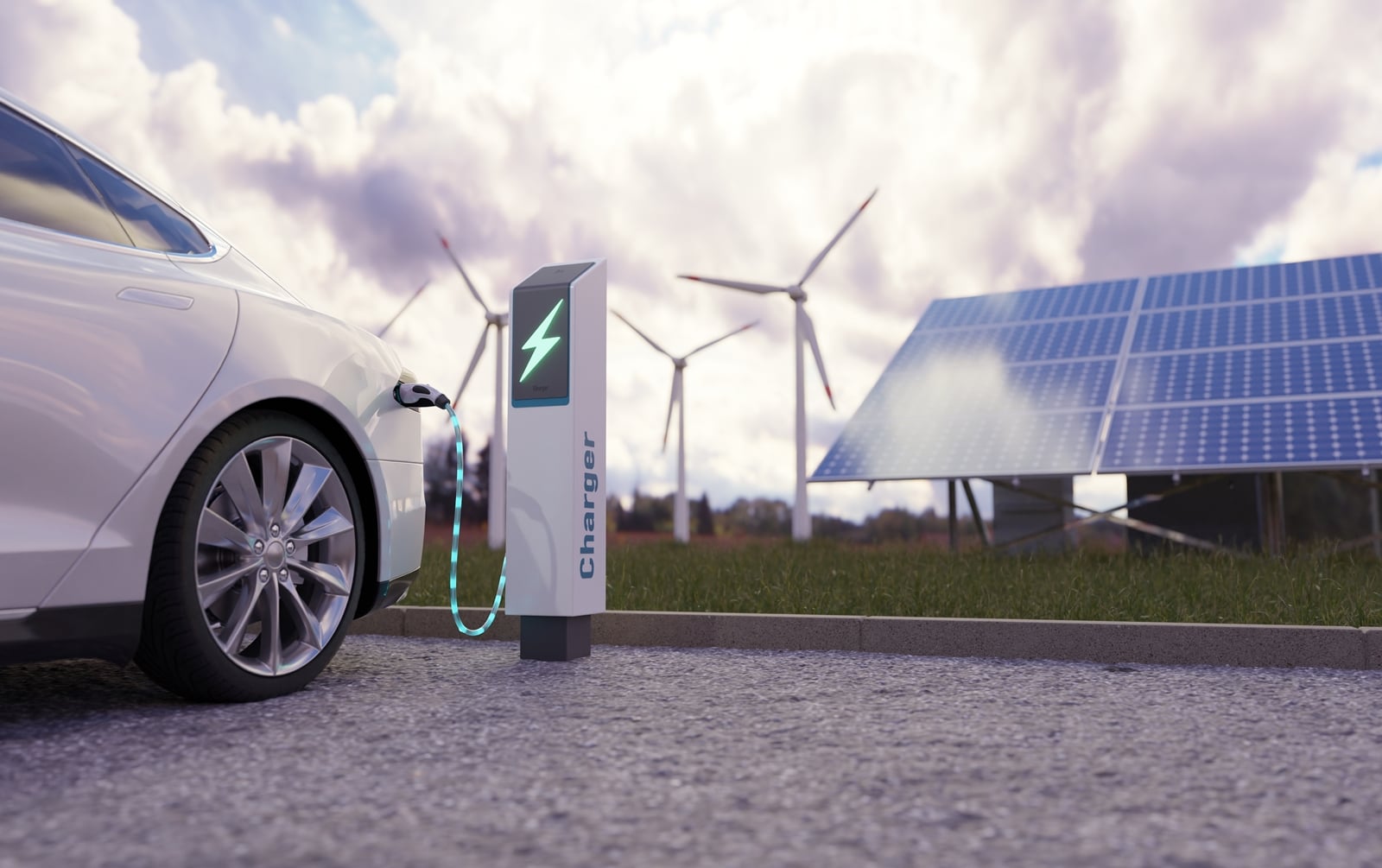
Image Credit: Shutterstock / Markopolo
Well, according to a September report by the California Air Resources Board (CARB) – an environmental regulator – the LCFS is set to cause gas prices to rise substantially within the next year and every year after that, too.
Rising Gas Prices
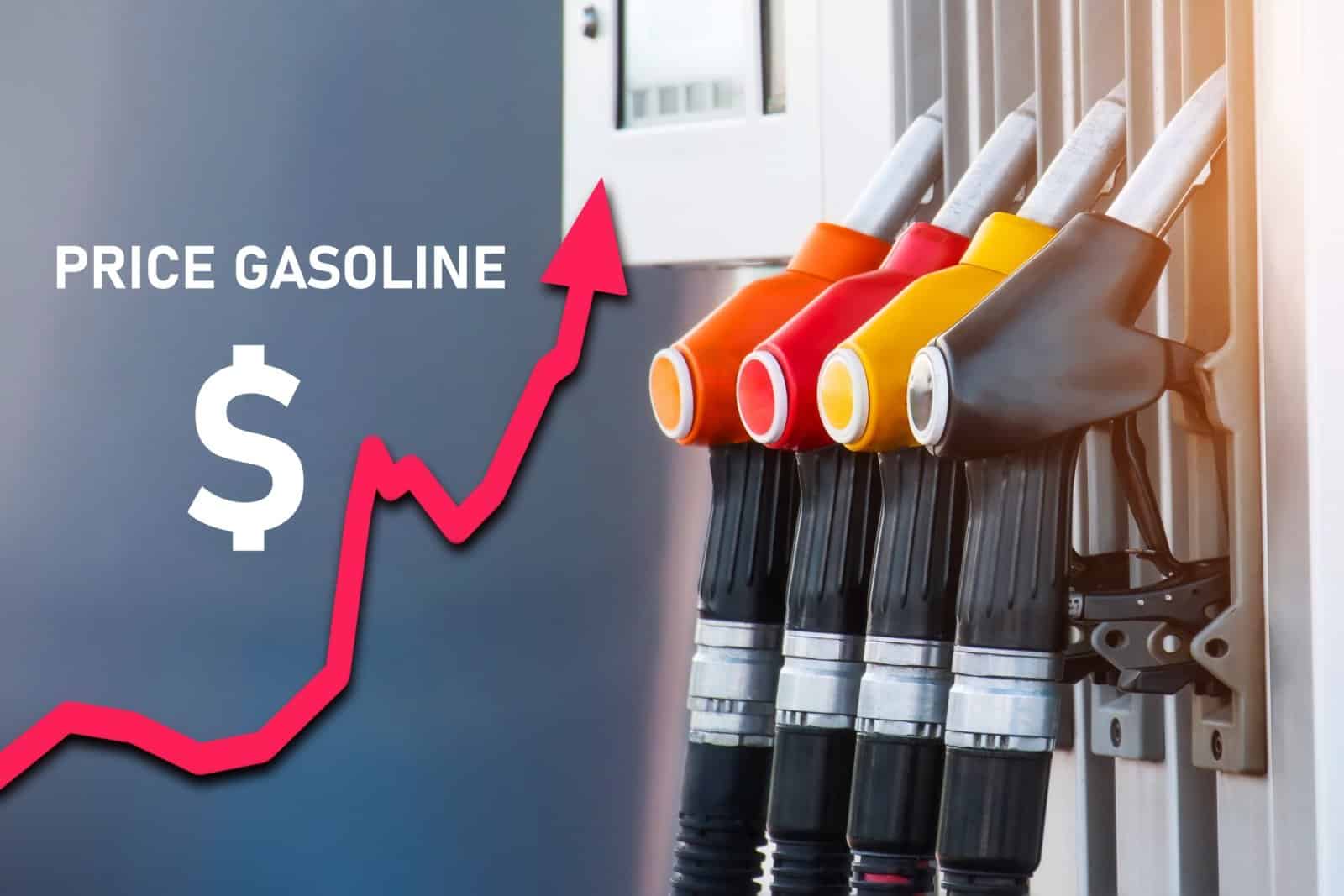
Image Credit: Shutterstock / aappp
CARB estimates that gas prices will rise by just under 50 cents a gallon by 2025, and then by 2026, they estimate fuel prices will be up a further 52 cents.
Diesel and Dollars

Image Credit: Shutterstock / n_defender
Diesel is predicted to climb by just under 60 cents by 2025 and then a further 66 cents in 2026.
A Pricey Future for Fuel

Image Credit: Shutterstock / fizkes
Long-term forecasts predict that between 2031 and 2046, gasoline prices could rise by $1.15 per gallon, diesel by $1.50 per gallon, and jet fuel by $1.21 per gallon.
Lawmakers Sound the Alarm

Image Credit: Shutterstock / Freedomz
These gas price increases are meant to help with the switch to renewables and green energy, but there’s been an outcry from lawmakers.
Senator Nguyen’s Price Point

Image Credit: Shutterstock / wellphoto
Republican State Senator Janet Nguyen spoke with the media and criticized the rules, explaining, “The middle class, the low income, they can’t afford gas to go to school, work or grocery or the doctor’s office. No one knows about this. I think people just think it’s a tax, so they don’t know the difference between the carbon tax versus the state tax. It’s almost like a tax on the tax.”
CARB’s Clean Air Ambitions

Image Credit: Shutterstock / fizkes
CARB has been finalizing a new batch of rules that would force a rapid transition from petrol-based modes of transport to greener alternatives in an effort to help mitigate the damage from climate change.
The Big Hitters
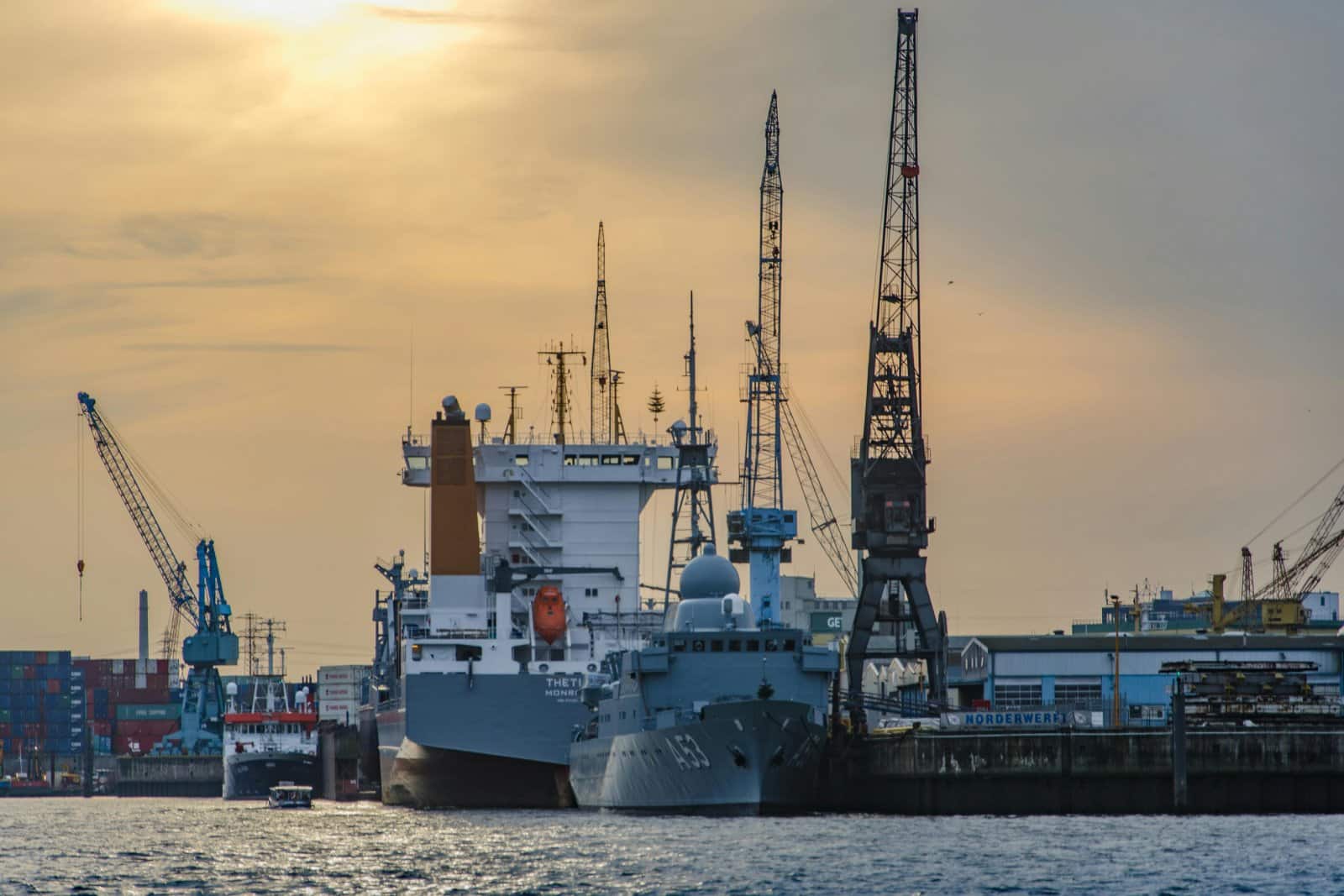
Image Credit: Pexels / mali maeder
Their plan is to encourage people to convert their public and private fleets of petrol vehicles to zero-emission alternatives, and they are aiming their sights on harbor vessels, freight trains, passenger cars, and heavy-duty trucks.
Driving into the Green Future

Image Credit: Shutterstock / fizkes
They claim that these vehicles account for over 40% of statewide emissions.
Pay to Pollute

Image Credit: Shutterstock / ORION PRODUCTION
If their plan follows others across the globe, California could be in for clean air zones in which people have to pay to drive – unless their vehicles meet specific emissions standards.
Zero Emissions or Zero Dollars?

Image Credit: Shutterstock / wutzkohphoto
This has worked well abroad, although it often costs a significant sum for businesses to make the transition from petrol to green vehicles.
Incentives for Green Transitions
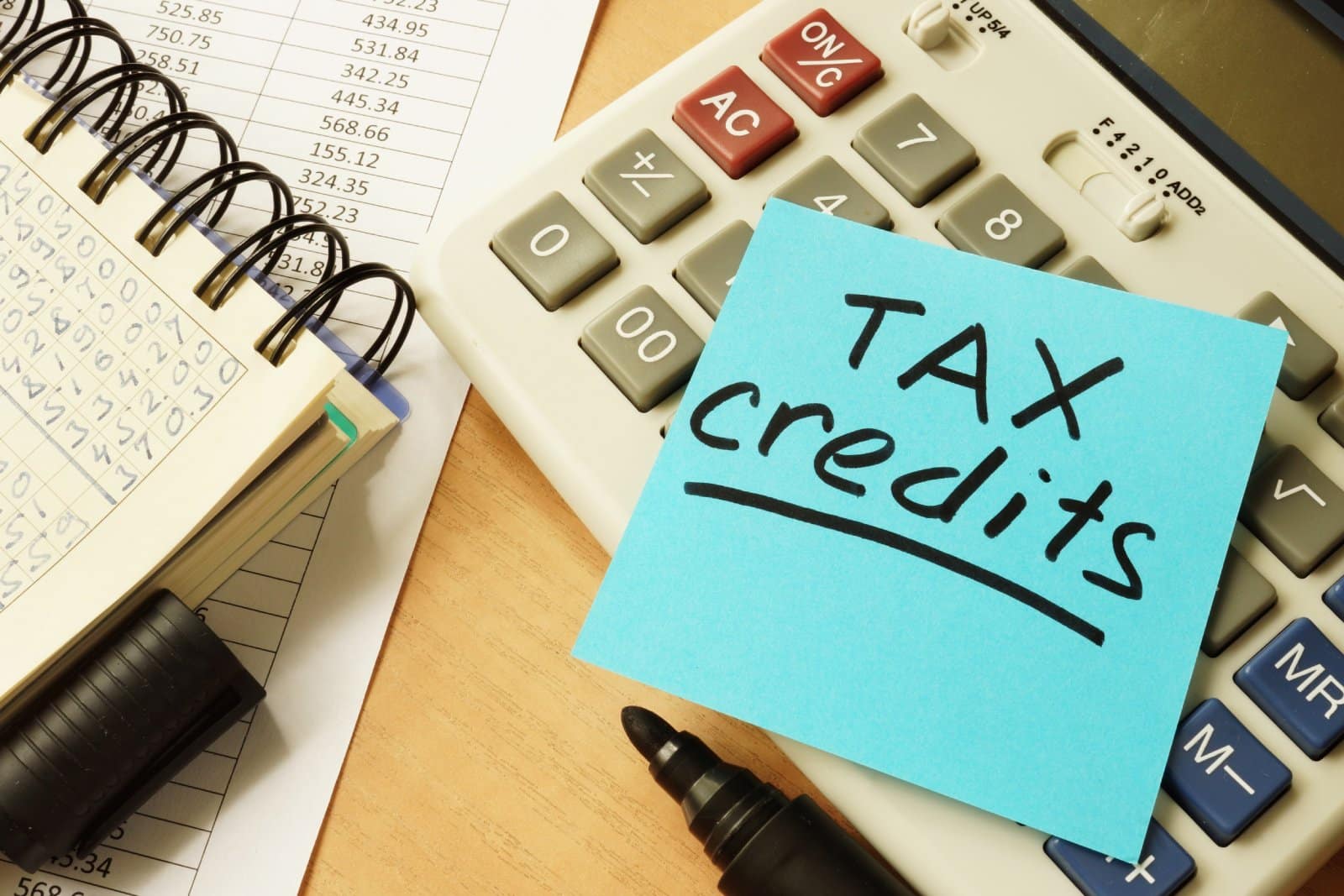
Image Credit: Shutterstock / Vitalii Vodolazskyi
Some countries incentivize the transition by offering tax credits and other forms of money to businesses willing to lower their greenhouse gas output.
Bye-Bye Gas-Powered Cars by 2035

Image Credit: Shutterstock / Andriiii
California is also planning on completely phasing out new sales of gas-powered cars by 2035. After that point, only electric vehicles will be sold in the state – as well as in 20 other states that have also committed to following the rule.
Green Shifts
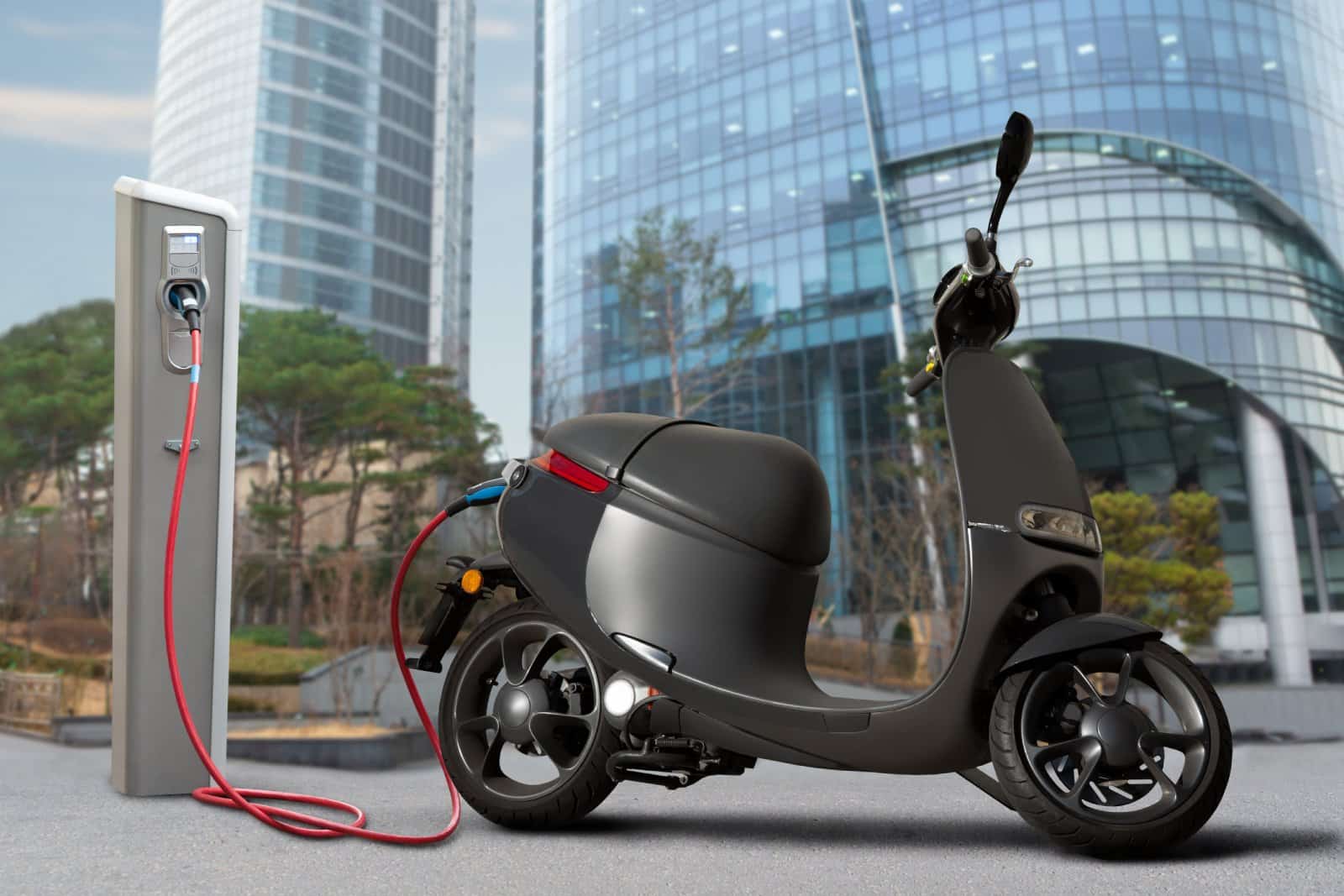
Image Credit: Shutterstock / Scharfsinn
By 2035 more than 40% of the country will be making a complete transition to electric vehicles.
Governor Newsom’s Moves
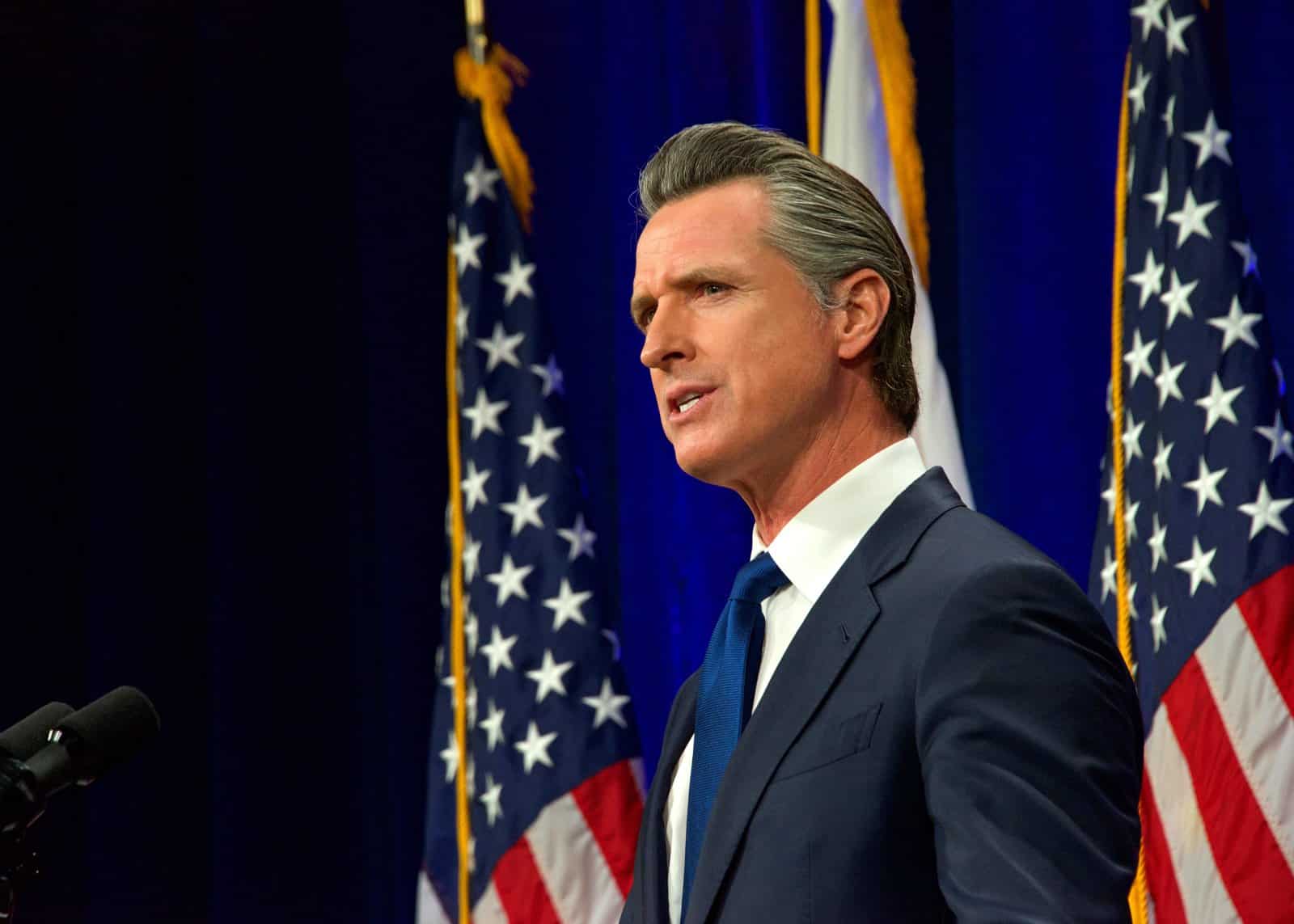
Image Credit: Shutterstock / Sheila Fitzgerald
California Governor Gavin Newsom has been pushing to reduce the state’s greenhouse gas output for years.
The California Climate Commitment

Image Credit: Shutterstock / TippaPatt
Just two years ago, he released the California Climate Commitment (CCC), explaining that “We can solve this climate crisis if we focus on the big, bold steps necessary to cut pollution.”
The CCC’s Billion-Dollar Plan

Image Credit: Shutterstock / A_stockphoto
Under the CCC, the state is using a $54 billion cash injection to cut greenhouse gas emissions by 85% by 2045, reduce its reliance on oil by just under 50% as well as invest heavily in emerging green tech to reduce overall fossil fuel consumption.
CARB’s Response

Image Credit: Shutterstock / Microgen
When asked about the gas price increases, a CARB spokesman claimed that the figures were from an “incomplete, preliminary document” created to look at a “range of financial possibilities.”
Prices At The Pump

Image Credit: Shutterstock / f.t.Photographer
They went on to state that “It is not a prediction of gas prices or a staff proposal. I would also point out that there is no data showing a correlation between LCFS credit prices and fuel prices at the pump.”
Balancing Budgets and Blue Skies

Image Credit: Shutterstock / Salivanchuk Semen
The debate over balancing environmental goals against the economic impact is sure to heat up in California if fuel prices do begin to rise. These potential changes could reshape their daily commutes, as well as the state’s environmental future.
Featured Image Credit: Shutterstock / DifferR.
The content of this article is for informational purposes only and does not constitute or replace professional financial advice.


